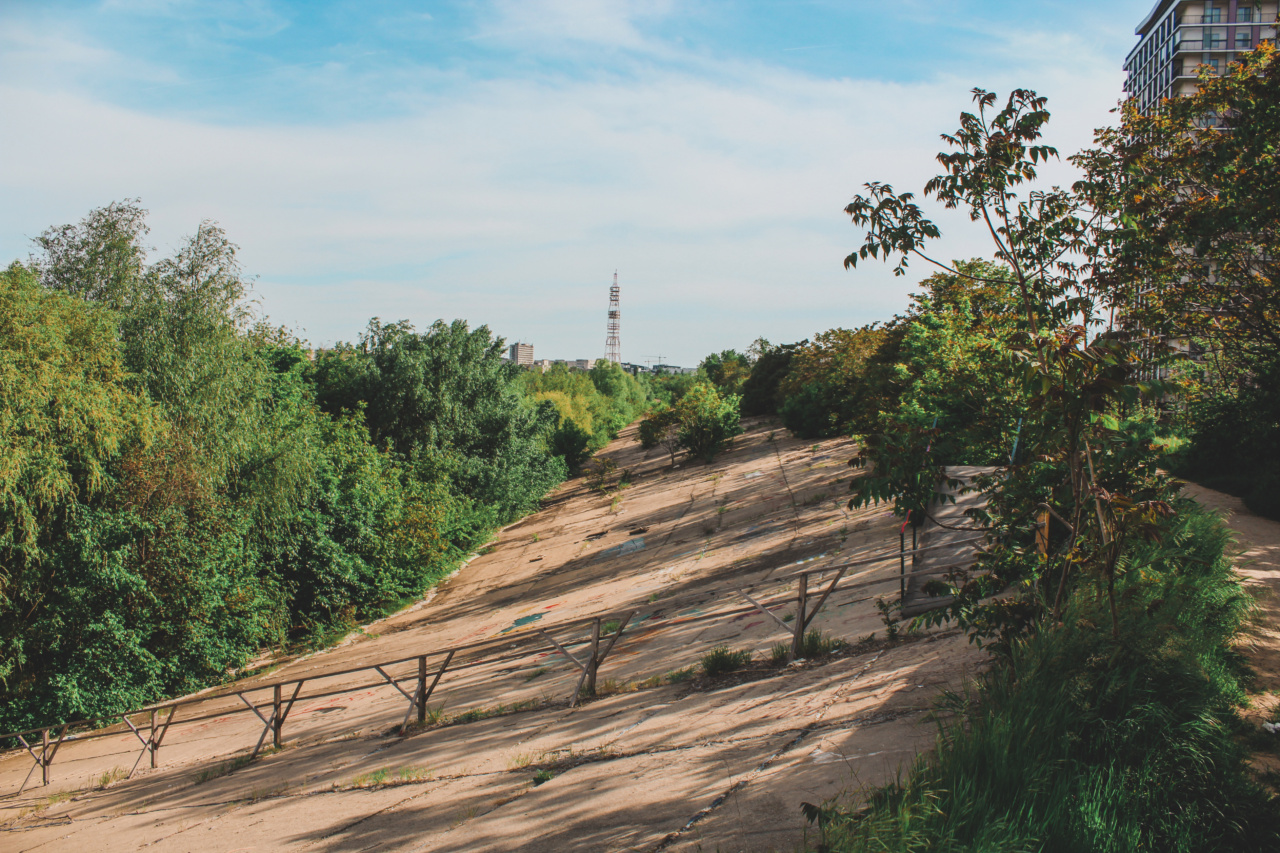Planting Trees in Play Areas: A Green Solution for Air Pollution.
The Importance of Play Areas:
Play areas are essential for the healthy development of children. These spaces provide opportunities for children to engage in physical exercise, explore their creativity, and develop social skills.
However, the quality of air in play areas is often overlooked, despite having a significant impact on children’s well-being. Air pollution can lead to various health problems, including respiratory issues and reduced lung function. This article explores the benefits of planting trees in play areas as a green solution to combat air pollution.
Air Pollution and Its Effects on Children:
Air pollution is a major environmental health concern, especially in urban areas. The emissions from vehicles, industrial activities, and other sources release harmful pollutants into the air.
Children are particularly vulnerable to the effects of air pollution due to their developing respiratory systems and higher breathing rates compared to adults. Exposure to polluted air can cause respiratory infections, asthma, allergies, and even long-term lung damage. It is crucial to create clean and healthy play areas for children to minimize their exposure to harmful pollutants.
The Role of Trees in Improving Air Quality:
Trees play a crucial role in improving air quality. Through a process called photosynthesis, trees absorb carbon dioxide and release oxygen into the atmosphere.
They act as natural filters, trapping airborne particles and absorbing pollutants such as nitrogen dioxide and sulfur dioxide. Trees also provide shade, reducing the temperature in play areas and helping to alleviate the formation of ground-level ozone, a harmful pollutant. By planting trees in play areas, we can create a healthier environment for children to play and breathe.
The Benefits of Green Play Areas:
1. Improved Air Quality: Planting trees in play areas can significantly improve air quality by reducing pollution levels.
By acting as natural filters, trees help remove harmful pollutants and improve the overall air quality in the vicinity of the play area. 2. Reduced Heat Island Effect: Urban areas, including play areas, often suffer from the heat island effect. This phenomenon occurs when concrete and asphalt structures absorb and retain heat, leading to higher temperatures.
Trees provide shade and help cool down the surrounding area, making play areas more comfortable for children. 3. Increased Biodiversity: Planting trees in play areas enhances biodiversity by attracting birds, insects, and other wildlife. This creates a more natural and vibrant environment for children to explore and connect with nature. 4.
Psychological Benefits: Green spaces have been proven to have a positive impact on mental health. Access to nature and greenery in play areas can reduce stress, improve mood, and enhance cognitive function in children. 5. Educational Opportunities: Planting trees in play areas presents valuable educational opportunities for children.
They can learn about the importance of trees, the environment, and sustainability through hands-on experiences and observation. 6. Noise Reduction: Trees act as natural sound barriers, reducing noise pollution from surrounding areas. This creates a quieter and more peaceful environment for children to play and interact with others.
Considerations for Planting Trees in Play Areas:
Before planting trees in play areas, several factors need to be considered to ensure the safety and suitability of the chosen species:.
- Non-Toxic Species: Select trees that are non-toxic to children in case they come into contact with leaves, fruits, or bark.
- Disease Resistance: Choose trees that are resistant to common diseases to ensure their long-term health and sustainability.
- Appropriate Size: Consider the mature size of trees to avoid overcrowding and potential hazards such as falling branches.
- Root System: Opt for trees with non-invasive root systems to prevent damage to any underground utility lines or play equipment.
- Low-Maintenance Species: Select tree species that are low-maintenance and require minimal pruning or care.
Community Involvement and Collaboration:
Planting trees in play areas can be a community-driven initiative. The involvement of local residents, schools, and relevant organizations is crucial for the success of such projects.
Collaborating with experts in urban forestry and landscape architecture can provide valuable guidance on suitable tree species and their placement within play areas. Engaging children in the process of planting and caring for trees helps instill a sense of responsibility and connection with the environment.
Sustainable Maintenance Practices:
Once trees are planted in play areas, proper maintenance practices are vital to ensure their health and longevity. Regular watering, mulching, and pruning will help trees thrive and continue to provide clean air and other benefits.
Engaging with the local community to establish a sustainable maintenance plan and organizing regular tree care events can ensure the ongoing success of the green play areas.
Incorporating Trees in Future Urban Planning:
Beyond individual play areas, incorporating trees into future urban planning is essential for creating healthier and more sustainable communities.
City planners and developers should consider the inclusion of green spaces and play areas with an emphasis on tree planting. By prioritizing the integration of trees into urban landscapes, we can combat air pollution on a larger scale and provide children with safe and healthy environments to play and grow.
In Conclusion:
Planting trees in play areas is a green solution to combat air pollution, promoting healthier environments for children.
The benefits of incorporating trees into play areas extend beyond improved air quality, including reduced heat island effect, increased biodiversity, psychological benefits, educational opportunities, and noise reduction. By considering appropriate tree species, involving the community, implementing sustainable maintenance practices, and incorporating trees into future urban planning, we can create greener and more sustainable communities for generations to come.

























